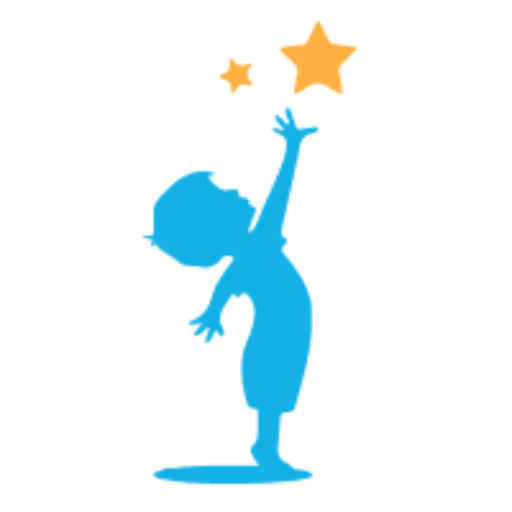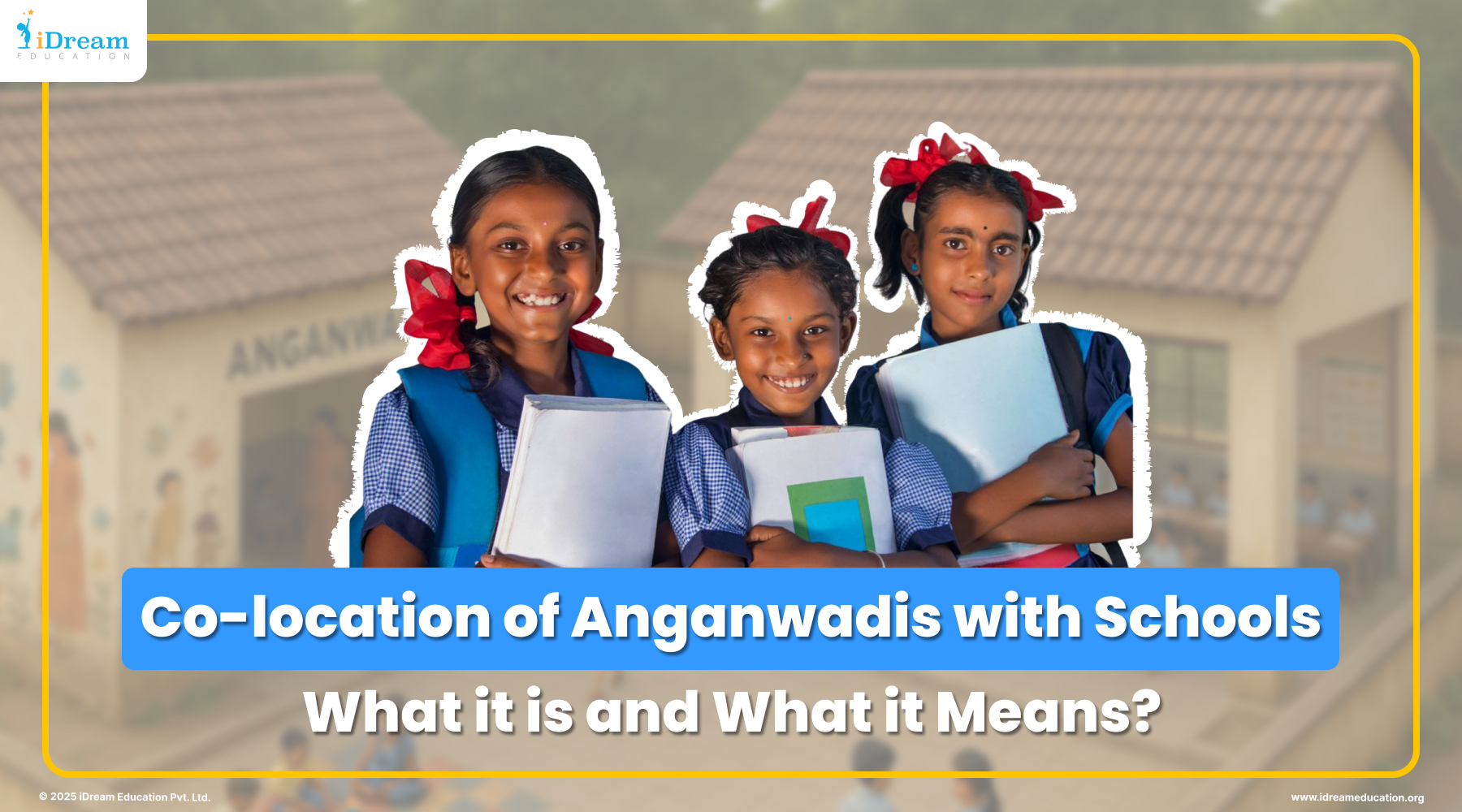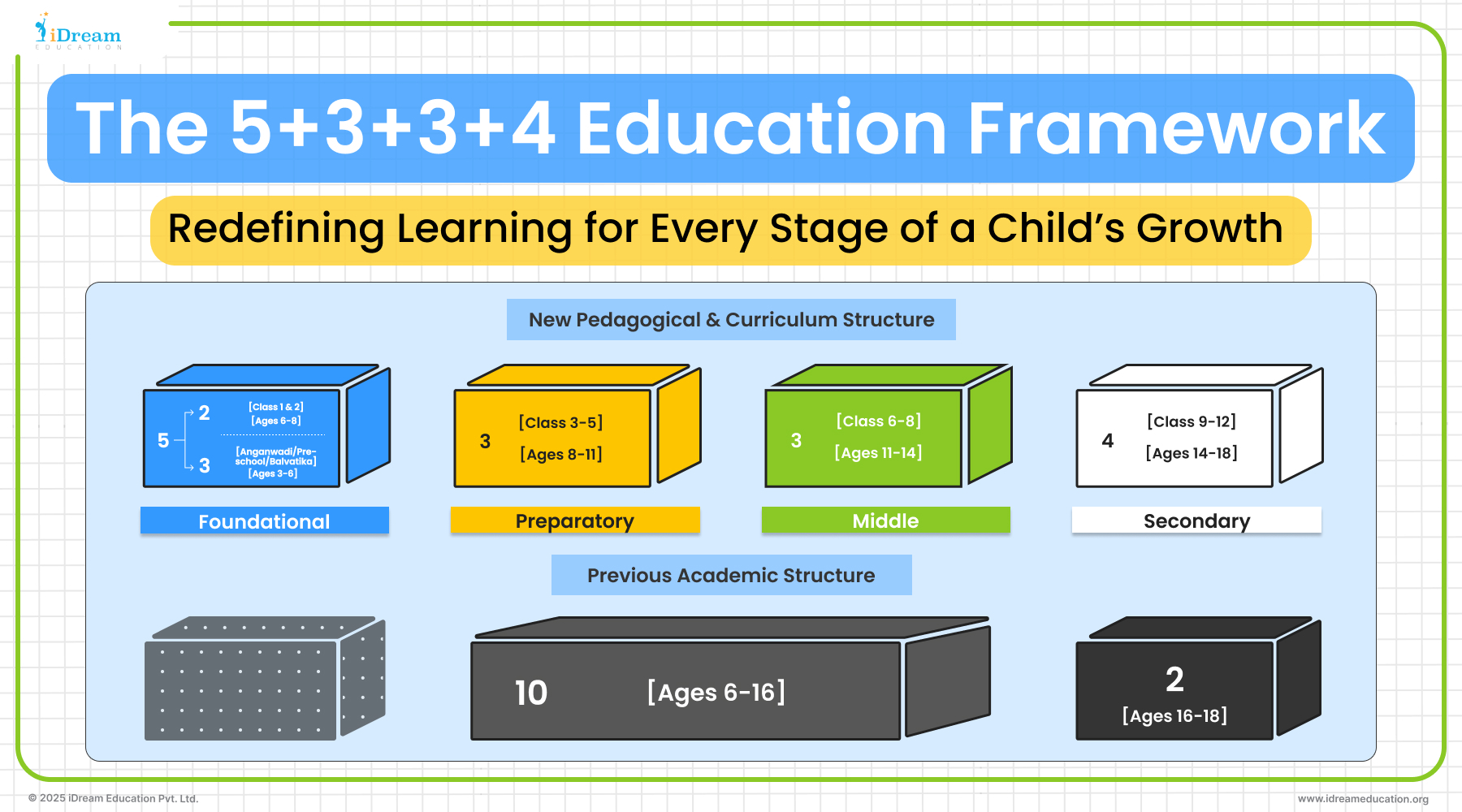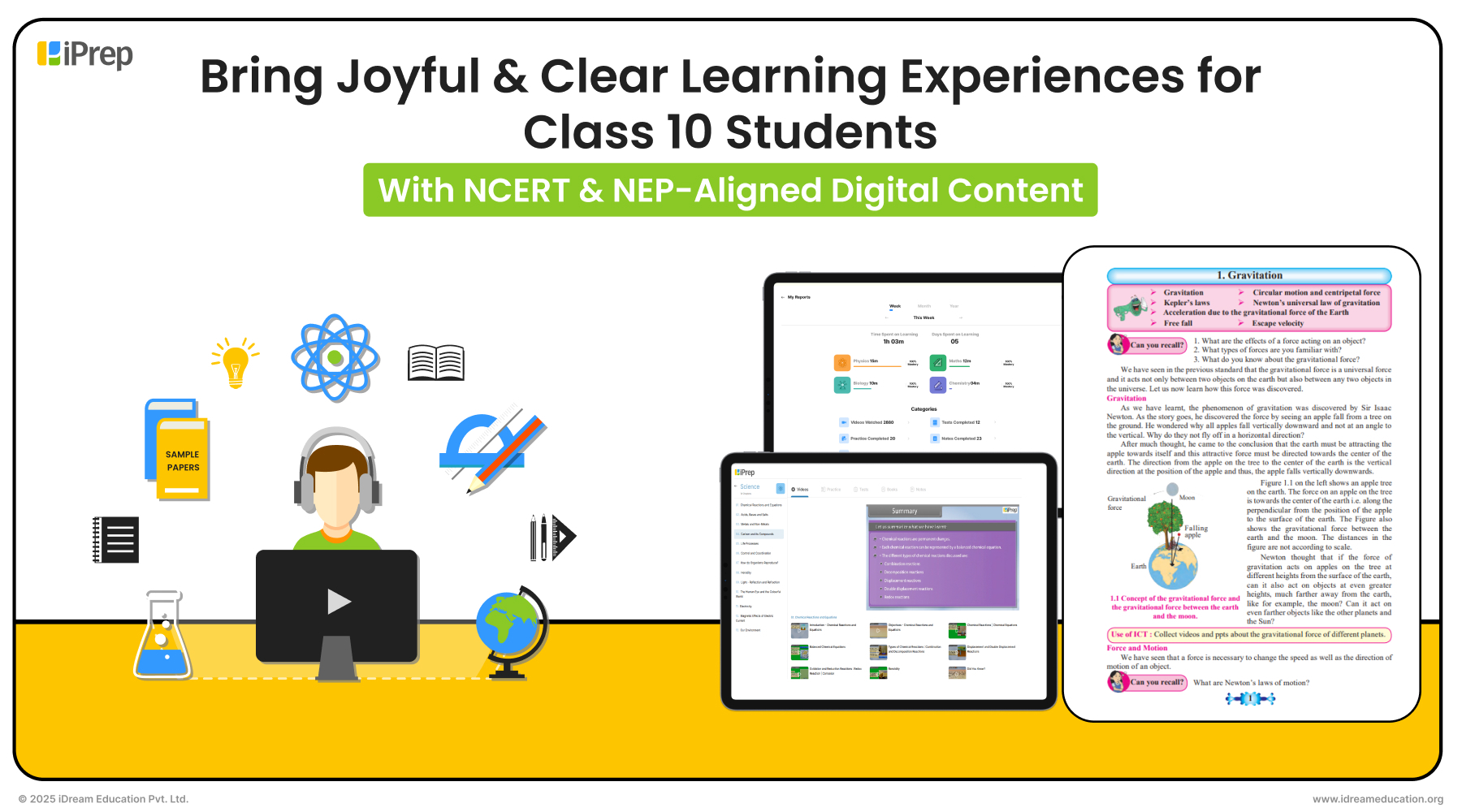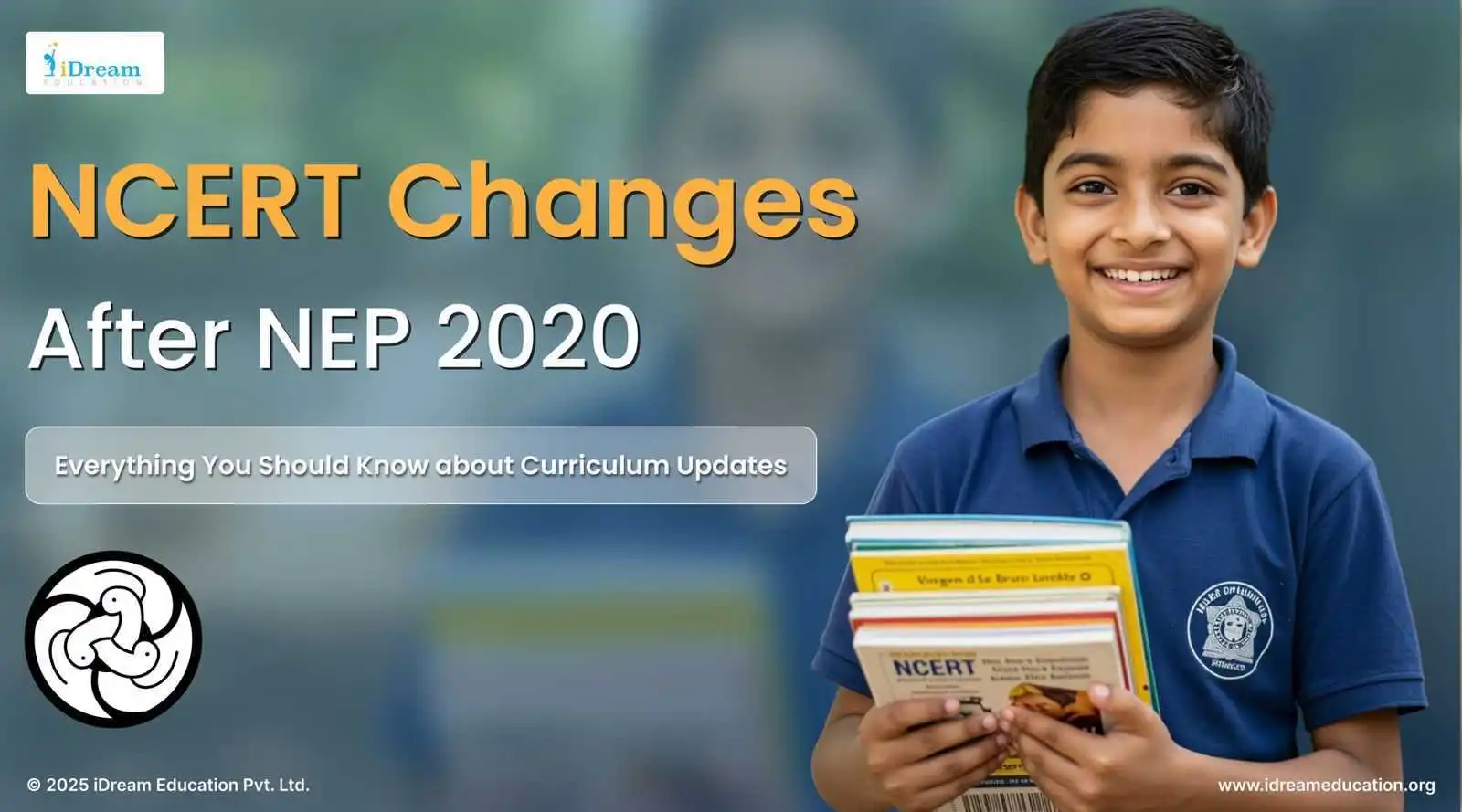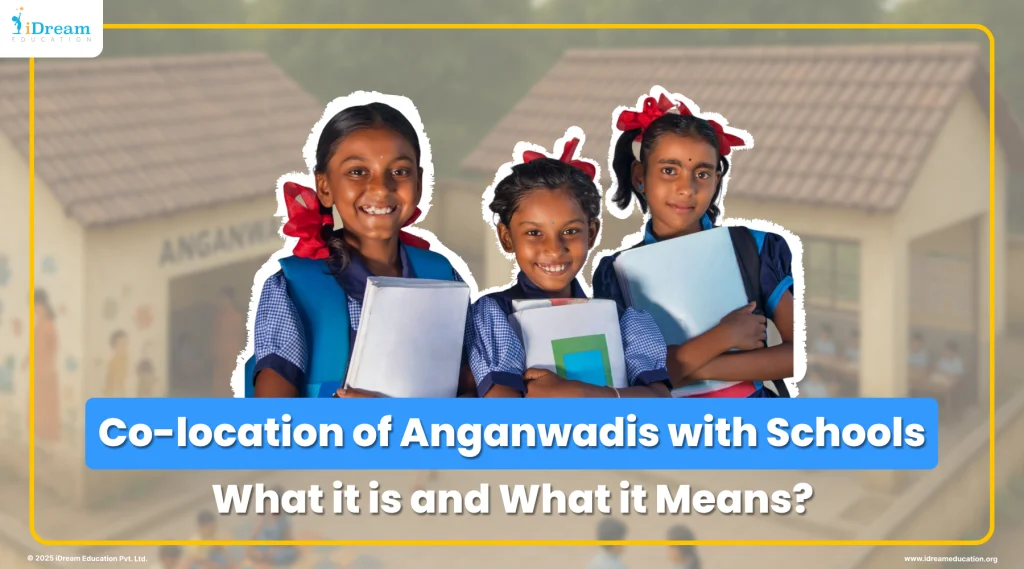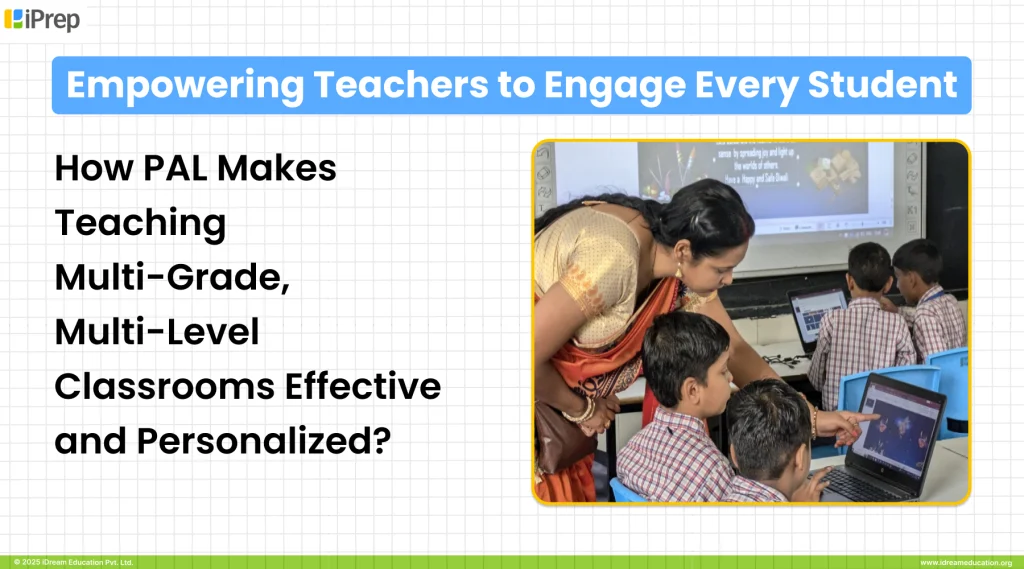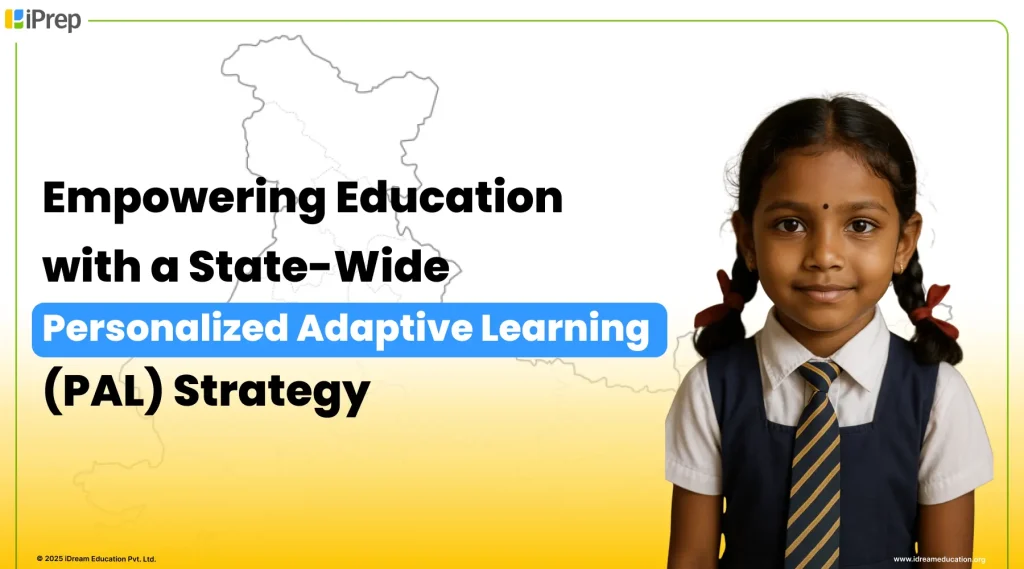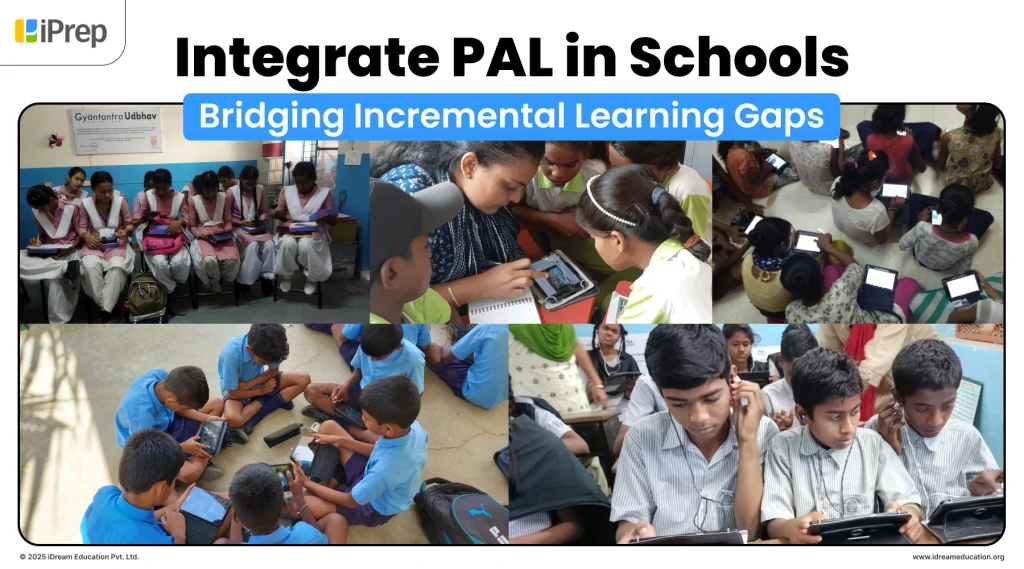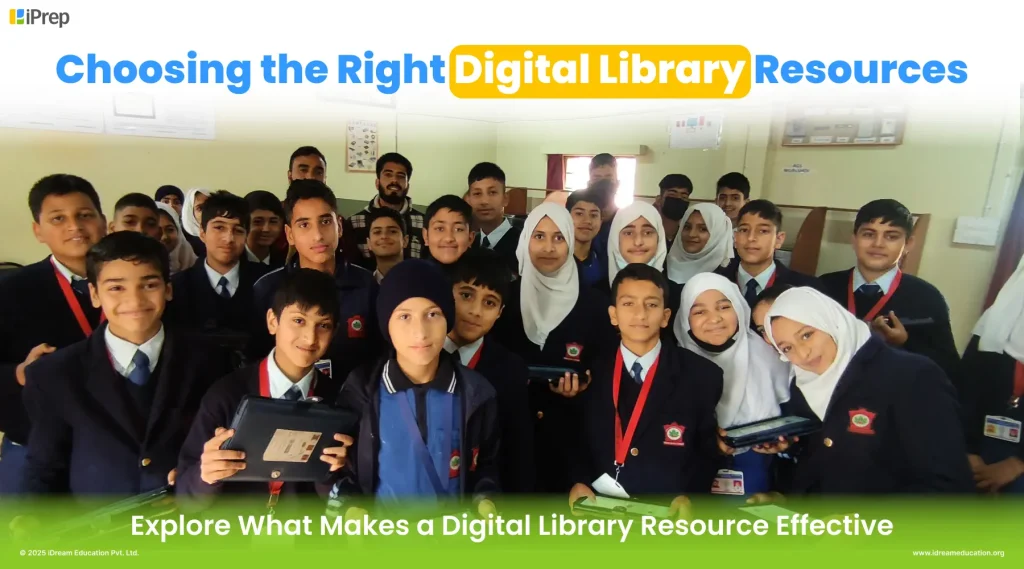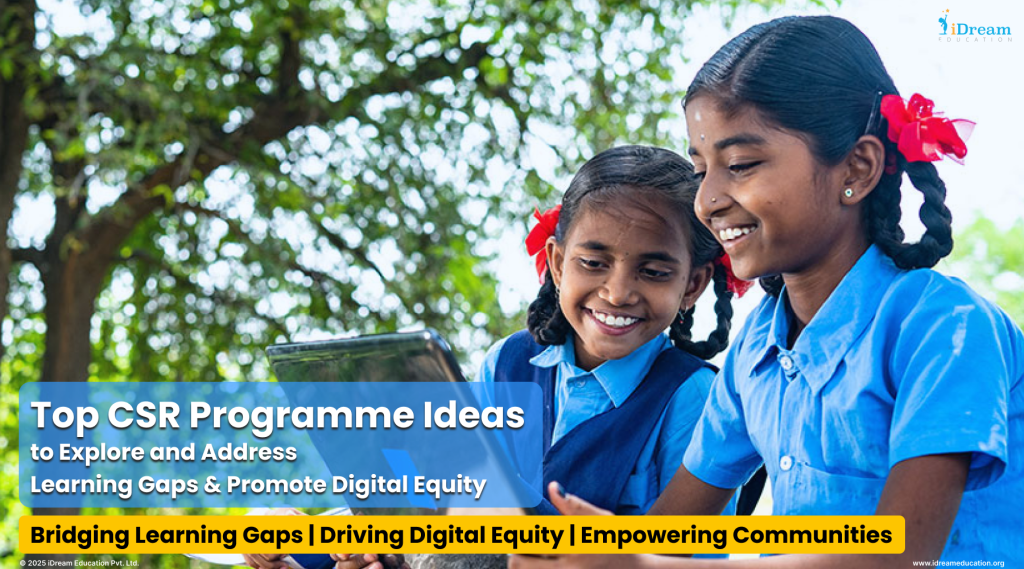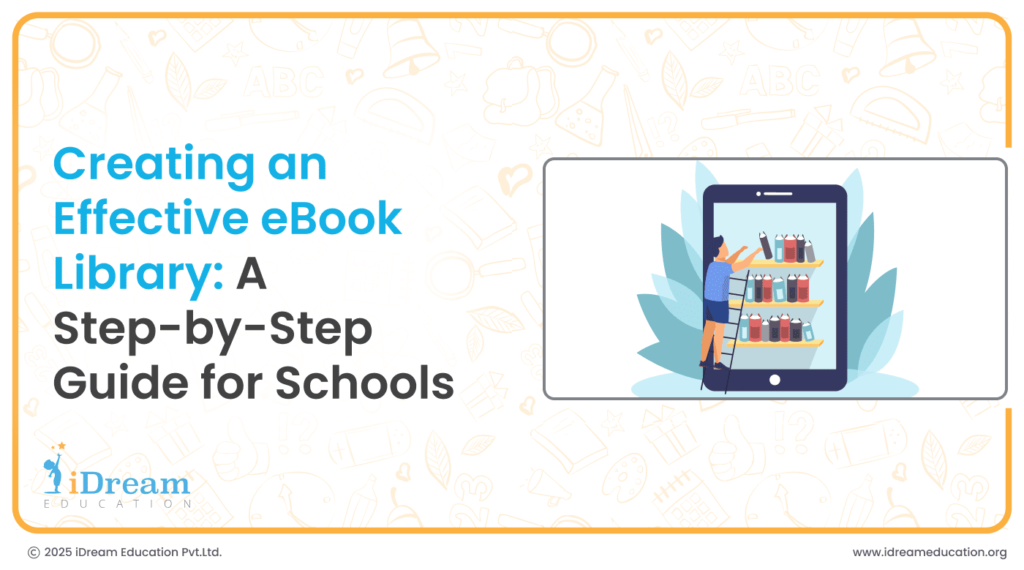
Schools must embrace a digital-first education system to make the most of the digitisation initiatives. A digital library for schools and students integrated with NCERT-compliant eBooks could be the perfect component. It is highly equipped to deliver an accessible, inclusive, and high-quality learning experience.
Aligned with this, government programmes like Samagra Shiksha Abhiyan — ICE Scheme, DIKSHA, and PM e-Vidya are transforming access to educational resources, particularly in rural areas.
Compared to scattered online content that is hard to browse or collect, both by students and teachers, a curated digital reading library creates dedicated literacy spaces. Over time, this goes a long way to improve comprehension, vocabulary, and language confidence. At the same time, it makes quality education available anytime, anywhere.
We have curated this practical roadmap that offers a comprehensive approach to creating an eBook library that aligns with India’s digital education vision, helping educators, NGOs, policymakers, and CSR-driven organisations implement effective solutions.
Understanding eBook Libraries: Digital Reading Solutions
A digital library for education or eBook library is a digital collection of books, resources, and reading tools that can be accessed through various devices like tablets, laptops, and e-readers.
It’s a comprehensive reading ecosystem that includes:
- A vast collection of digital books spanning multiple genres, reading levels, and languages
- Accessible reading applications that support various devices
- Features that improve the reading experience (highlighting, note-taking, dictionary integration)
- Progress tracking capabilities that provide insights into reading habits
9 Key Advantages of a School eBook Library
Integrating a digital reading library into Indian schools offers advantages that align with national educational initiatives and address diverse learning needs:
- Expands Access: Schools can offer thousands of titles without physical storage limitations.
- Builds on FLN (Fundamental Literacy and Numeracy): Audio narration, phonics, and built-in assessments in interactive eBooks let students develop critical reading and math skills.
- Supports National Educational Policies: Current digital libraries for schools, like the iPrep ICT Smart Lab, align with the National Education Policy (NEP) 2020. To remind all, the policy emphasises the integration of technology in education to improve learning outcomes.
- Plugs Educational Gaps in Marginalised Communities: Digital libraries facilitate access to quality educational resources in Anganwadis and schools serving marginalised sections.
- Supports All Reading Levels: eBook libraries provide age-appropriate books, from picture books to advanced texts.
- Leverages Government Digital Initiatives: Programmes like PM eVidya and DIKSHA improve digital infrastructure in education, making eBooks and digital libraries more accessible.
- Improves Literacy: Features like audio narration, embedded definitions, and AI-powered adaptive reading suggestions help struggling readers and bridge language barriers. Over 70% of Indian students report that eBooks have simplified and enhanced their studies.
- Creates Lifelong Reading Habits: Diverse formats like graphic novels, biographies, and interactive books foster a love for reading among students of all interests.
- Optimises Space and Costs: eBook libraries are scalable. You can add books and upgrade content anytime without any infrastructural development or heavy investment. They also reduce library space and can decrease maintenance costs.
A Practical Example – iPrep ICT Smart Lab
Setting up a digital library software doesn’t have to be complicated. For instance, iDream Education’s iPrep Digital Library provides a ready-to-use, secure, highly scalable, and easily manageable tablet-based library equipped with thousands of books and e-learning content.
The eBook library focuses on reading development through age-appropriate and curriculum-aligned digital books. It combines fiction, non-fiction, reference books, case studies, and multimedia content to create a holistic reading environment tailored to K-12 students.
Watch the video here: Easiest Digital Library Setup: Secure Tablet-Based Library with 1000s of Books & Learning Content
A. Planning Your School eBook Library – Laying the Groundwork
How to create an eBook library begins with thoughtful planning:
Assess Your School’s Needs
Perform a reading needs assessment in your school assessment. Points to consider:
- Survey reading levels across classes
- Identify gaps in existing reading materials
- Consult teachers about student reading preferences and challenges
- Determine language diversity requirements
- Consider curriculum alignment and extracurricular reading materials
Set Clear Objectives
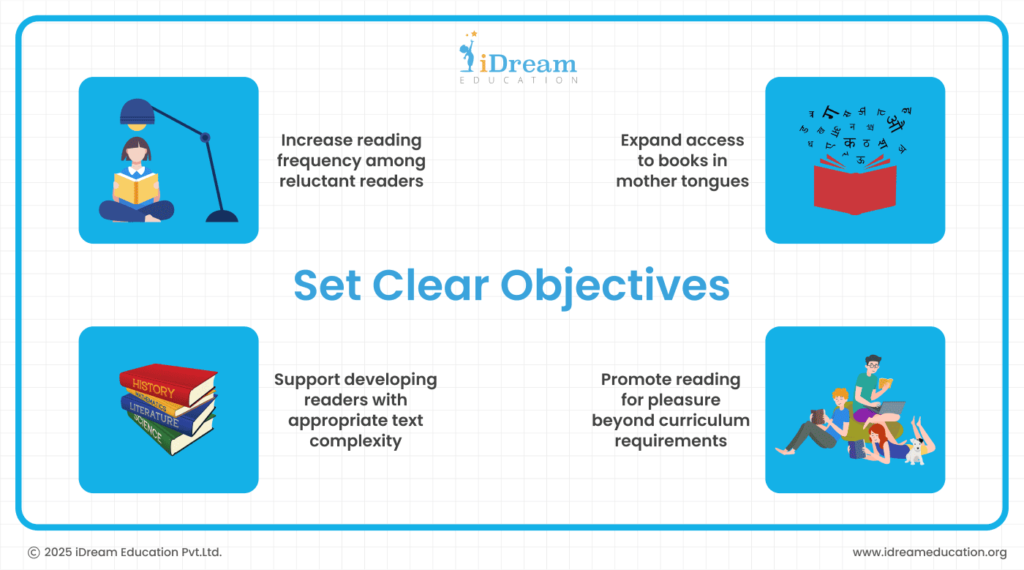
Articulate specific goals such as:
- Increase reading frequency among reluctant readers
- Expand access to books in mother tongues
- Support developing readers with appropriate text complexity
- Promote reading for pleasure beyond curriculum requirements
Choose the Content
The eBooks you choose must have a balance between:
- Fiction and non-fiction materials
- Reading levels from basic to advanced
- Curriculum support and recreational reading
- Diversity of language in your eBook collection
B. Essential Components for a Successful eBook Library – What Comes After Planning
Pay attention to the following core elements when creating your school’s digital reading library:
Comprehensive Reading Materials
Your collection should include:
- Engaging fiction across genres (adventure, mystery, fantasy)
- Informative non-fiction aligned with curiosity-driving topics
- Reference materials that support academic growth
- Content that reflects diverse cultures and perspectives
- Multimedia resources like animated videos and audiobooks
User-Friendly Experience
Select platforms that offer:
- Simple yet intuitive navigation suitable for different age groups
- Customisable reading displays (font size, search bar, background colour, etc.)
- Interactive features that enhance comprehension (Dictionary and Google search)
- Bookmarking and progress-saving functions
- Monitoring features that track reading progress and performance
Accessibility Options
Ensure your library addresses:
- Support for learners with different reading abilities
- Compatibility with screen readers and assistive technologies
- Offline reading capabilities for students in rural regions
- Multi-device compatibility for flexible reading contexts
C. Implementation and Building a Reading Culture – Bringing It All Together
Here’s the list of things to consider for the effective implementation of an eBook library:
7. Technical Set-Up
- Choose appropriate devices based on durability, battery life, and screen quality (Tablets or notebooks)
- Choose a secure platform that supports both online and offline reading
- Select charging solutions that don’t require infrastructural development
- Establish device management protocols
8. Create an Engaging Reading Environment
Transform digital reading from a technology exercise to a meaningful experience:
- Establish dedicated reading times in school schedules
- Create comfortable digital reading spaces
- Train teachers as digital reading mentors
- Promote regular usage by organising book clubs and competitions
9. Instil Reading Habits
Promote regular usage of eBooks by:
- Setting up book clubs and reading circles
- Organising reading and storytelling competitions
- Connecting digital reading with classroom activities
- Encouraging teachers to incorporate eBooks into their lesson plans
10. Assess Reading Growth and Engagement
To ensure the success of your new-age digital library, track student progress and gather feedback. Here’s how:
Monitor the following metrics:
- The number of books read by each student is significant
- Frequency of library usage
- Progress of reading level over time
- Rate of completion for different text types
Collect feedback promptly:
Conduct regular surveys of students, teachers, and parents to refine the eBook library’s collection further.
Watch this video: Tablet based Digital Learning Lab custom designed for Government Schools & NGOs – TABLAB
How iDream Education Facilitates eBook Libraries
iDream Education’s innovative iPrep ICT Smart Lab excels at addressing these needs with several offerings, such as:
Age-Appropriate and Bilingual Books
The new-age tablet/notebook-based ICT lab offers bilingual interfaces and content categorised for each age group— comics and picture books for junior levels, engaging stories and biographies for middle grades, and more sophisticated texts for secondary students.
Inclusive and Offline
It further breaks the learning barrier with a diverse collection that supports different learning styles and skill levels. Preloaded offline content offers uninterrupted study time even without internet connectivity.
Easy Mobility
iDream Education tackles implementation challenges with its ‘library on wheels’ concept. The secure and lockable innovative ICT lab’s charging rack powers up to 20 tablets/chromebooks/notebooks through a single power point, completely eliminating the need for extensive electrical infrastructure.
Integration with NCERT Digital Textbooks
The eBook library integrates NCERT digital textbooks to make lessons more interactive and relatable.
Data-Driven Insights
The library’s inbuilt, cloud-based reporting system provides automatic engagement and growth insights.
iPrep Digital Library’s Real Impact: A Case Study
The CIPLA Foundation’s CSR education initiative in Maharashtra transitioned from individual tablets to a centralised iPrep Digital Library, ensuring safer access and improved engagement.
This shift benefited over 4,000 students in grades 9 and 10, offering offline curriculum-aligned content in Marathi and English.
Success stories like Karan, who logged 1,693 learning hours, and Shreya, a district topper, highlight the library’s transformative impact on student learning outcomes.
Read the entire case study here.
You can also see how the teachers from the schools of Bhiwadi, Rajasthan, are seamlessly integrating the iPrep Digital Library for schools to engage and educate students even in their absence.
Watch the video here: How Tablet Based Digital Library Setups Are Helping Students in Schools of Rajasthan Learn Better!
Key Takeaway
Creating an effective eBook library is more than just providing access to digital books—it’s about fostering a lifelong love for reading and a commitment to modern literacy development.
Your school’s journey to this roadmap begins with understanding that eBooks serve distinct educational purposes from other digital learning resources.
iDream Education’s iPrep Digital Library focuses on both academic and non-academic needs while fostering holistic development. Here are its most notable features:
- Portable and Flexible: Can be used in classrooms, playgrounds, labs, and even on field trips.
- Nursery to Grade 12: Access pre-loaded digital content to enhance reading and learning, as well as vocabulary, pronunciation, and comprehension.
- Secure Storage: Lockable units that accommodate up to 45 tablets and notebooks.
- Single Charging Point: No need for extra electrical outlets. Schools with solar power systems can also use it.
- Offers Curated Content: Age-appropriate eBooks ranging from picture books and comics to biographies, history, art, and science.
- Extensive Library: Provides access to over 5,000 titles and growing for book reading for school students.
- Holistic Learning: Includes syllabus books, test papers, activity videos, audiobooks, and animated videos.
If you wish to make quality education cost-effectively accessible to every learner—whether through your school, an NGO, or as part of your company’s CSR activity—contact us now.

